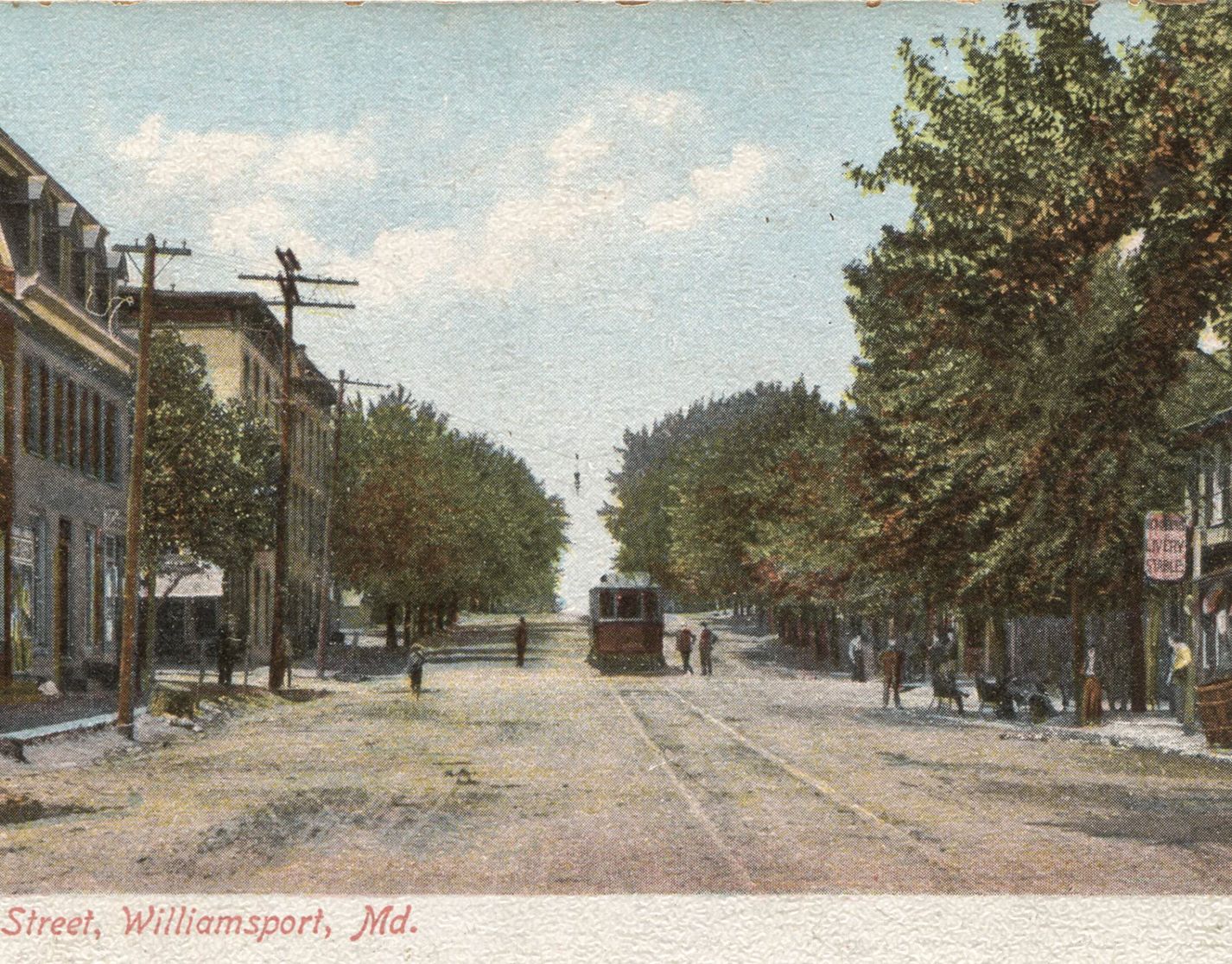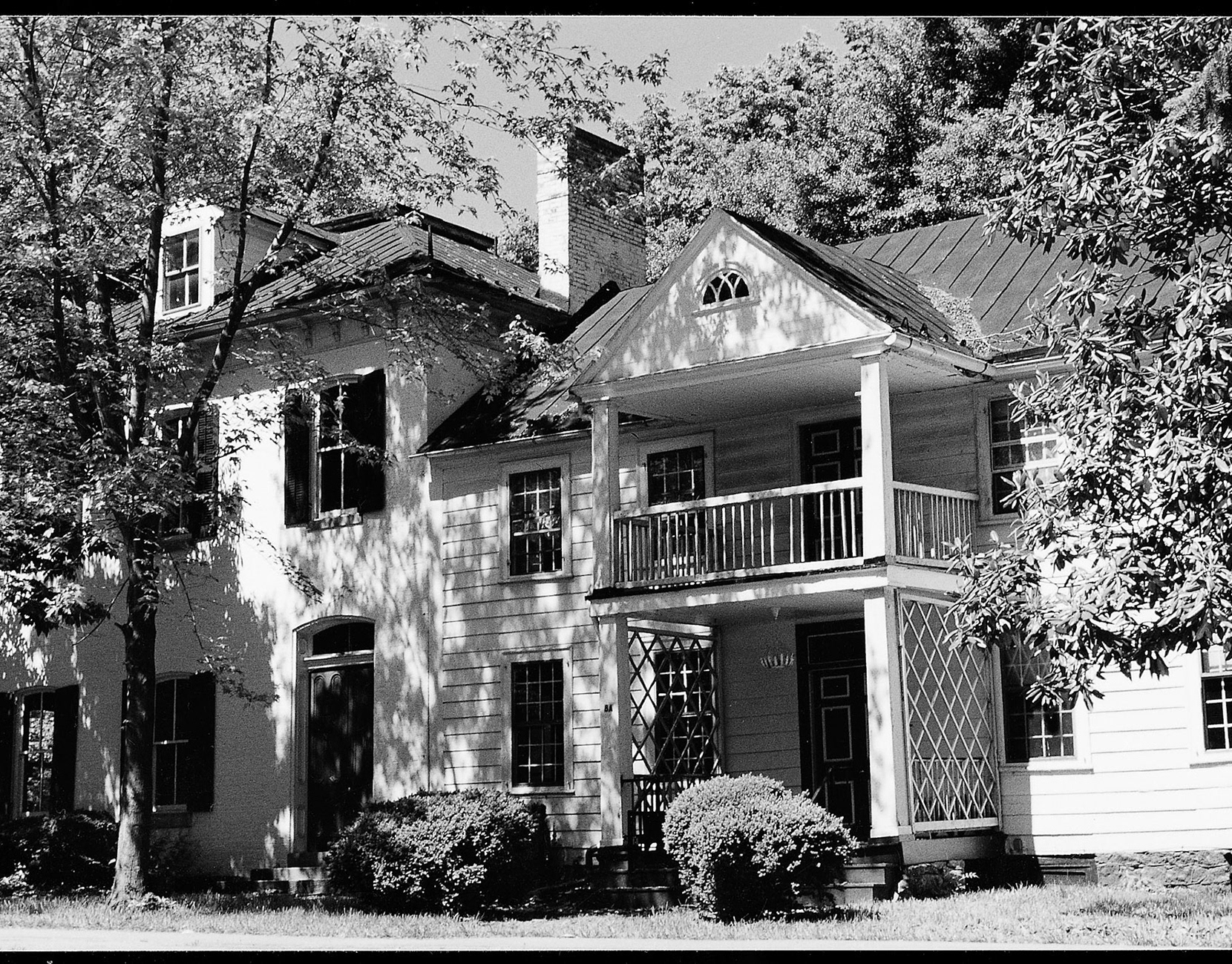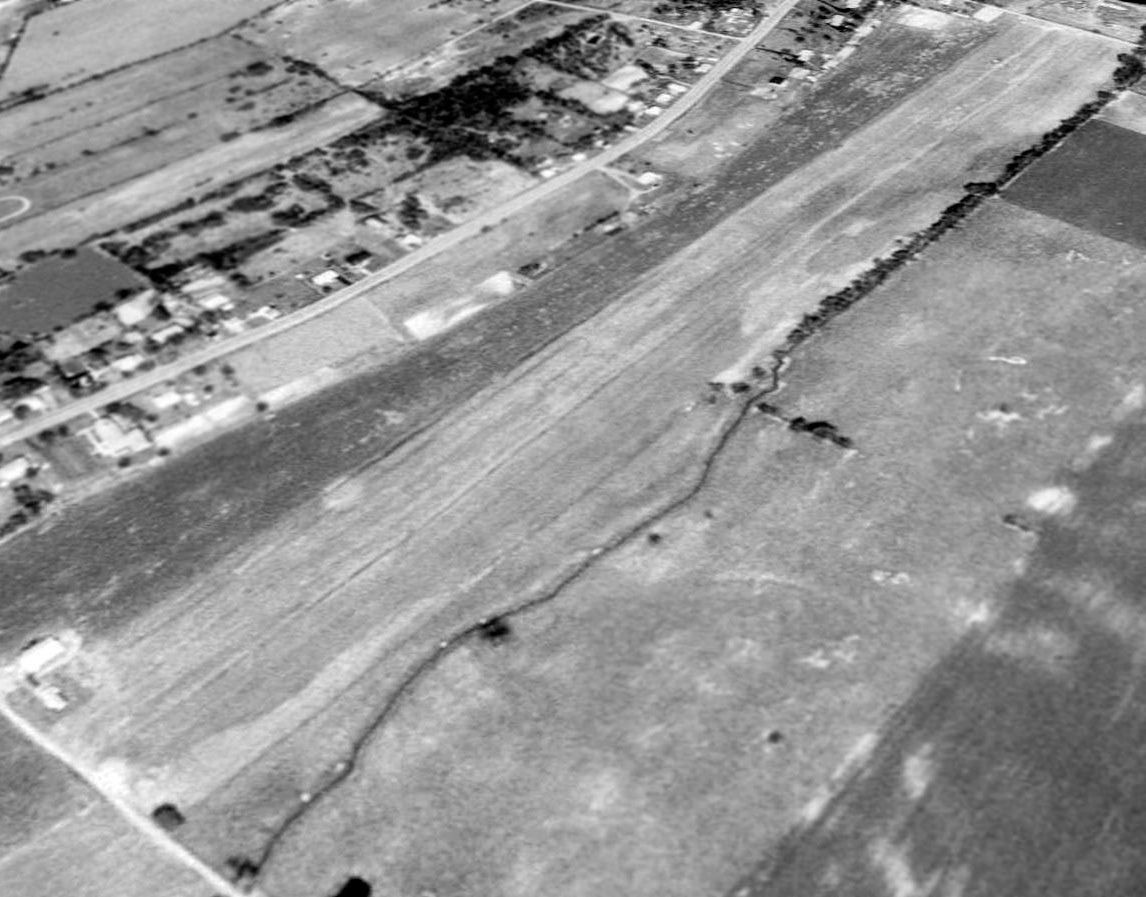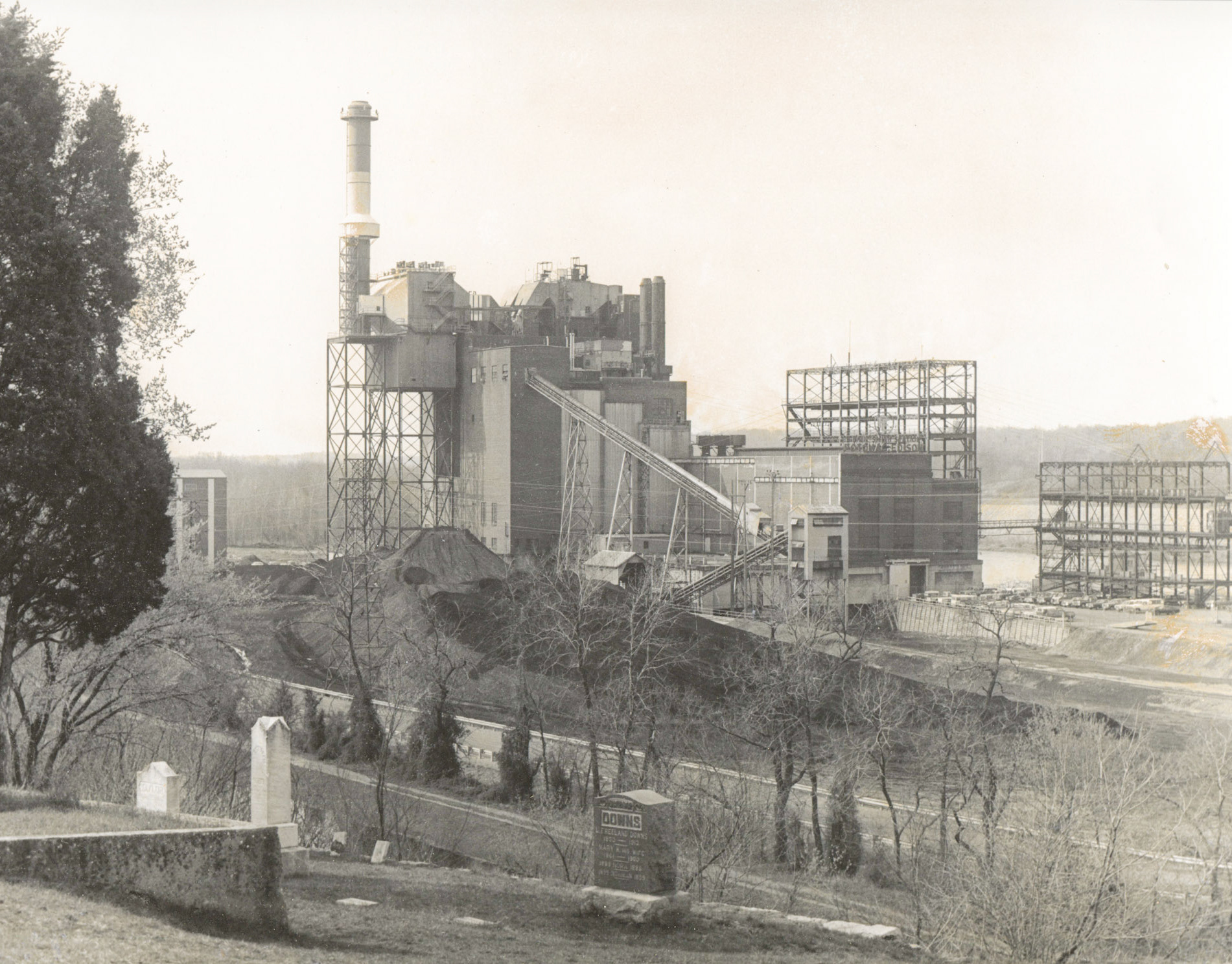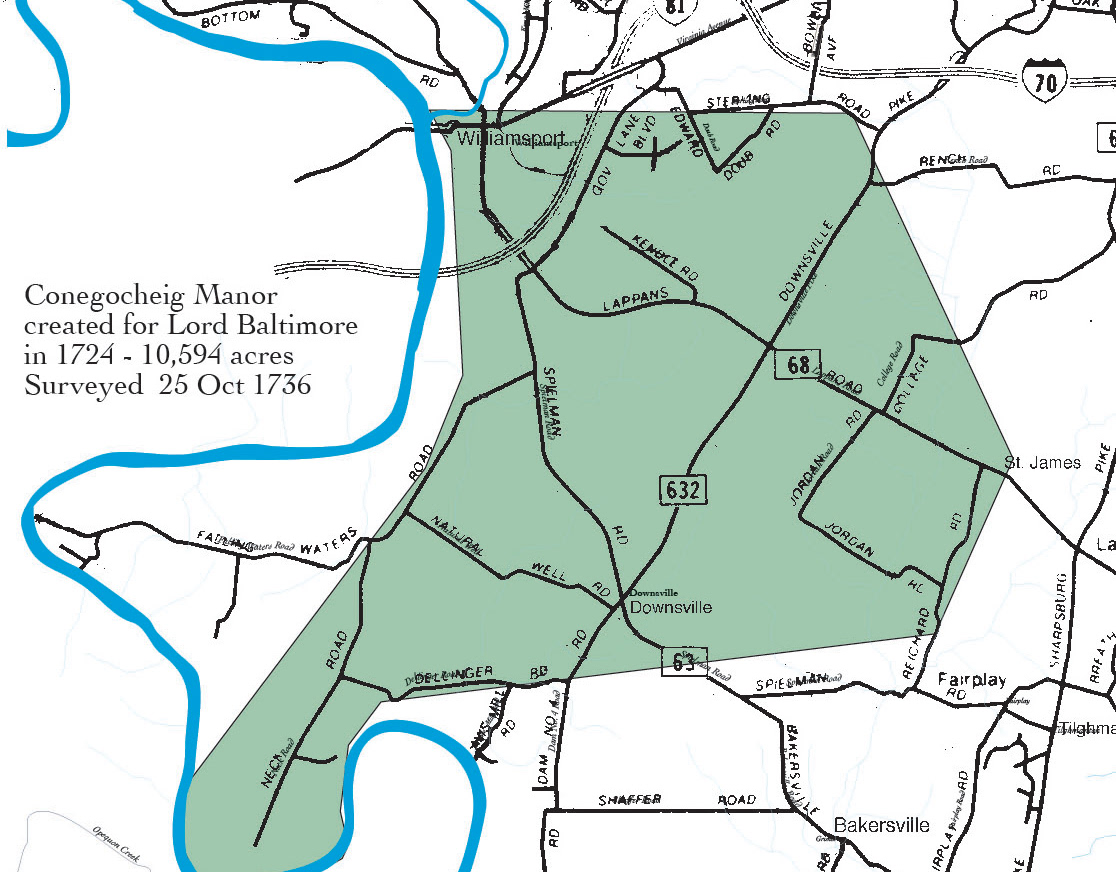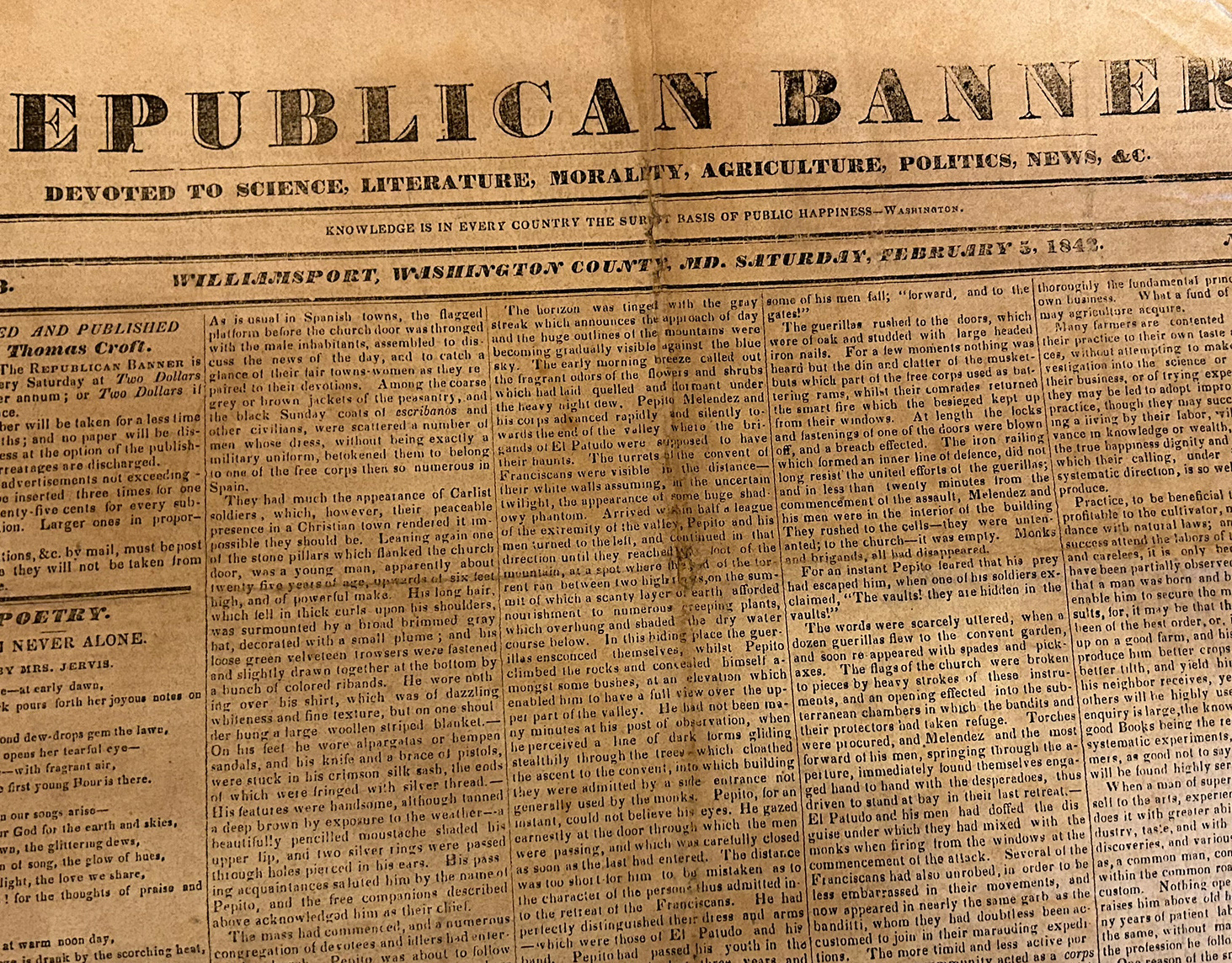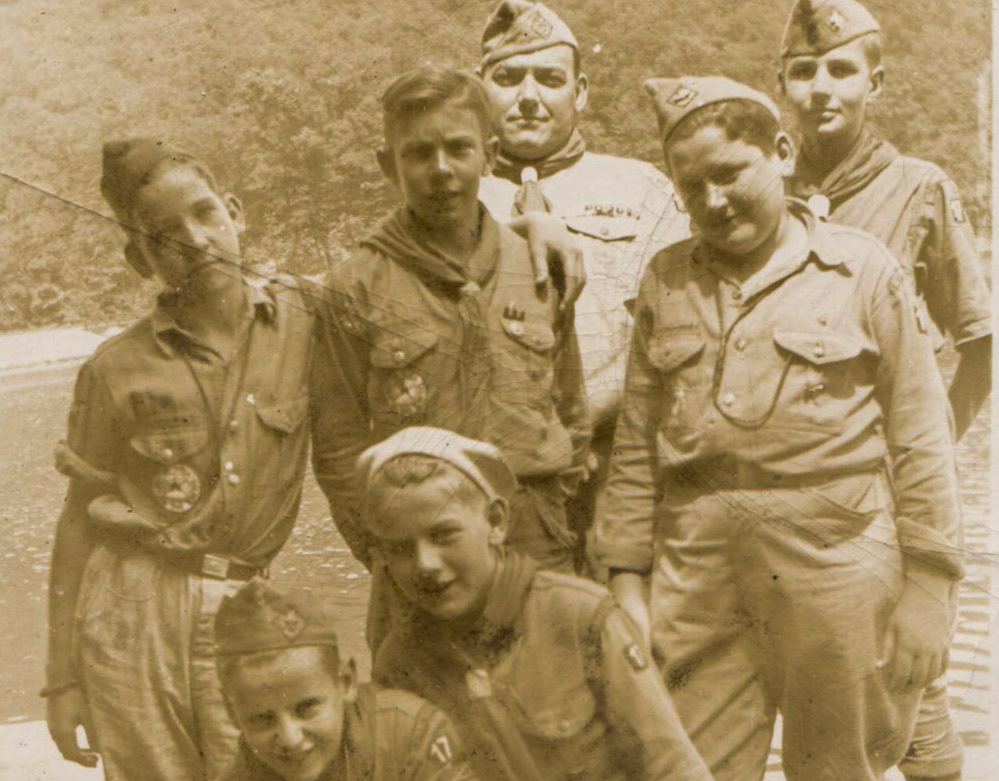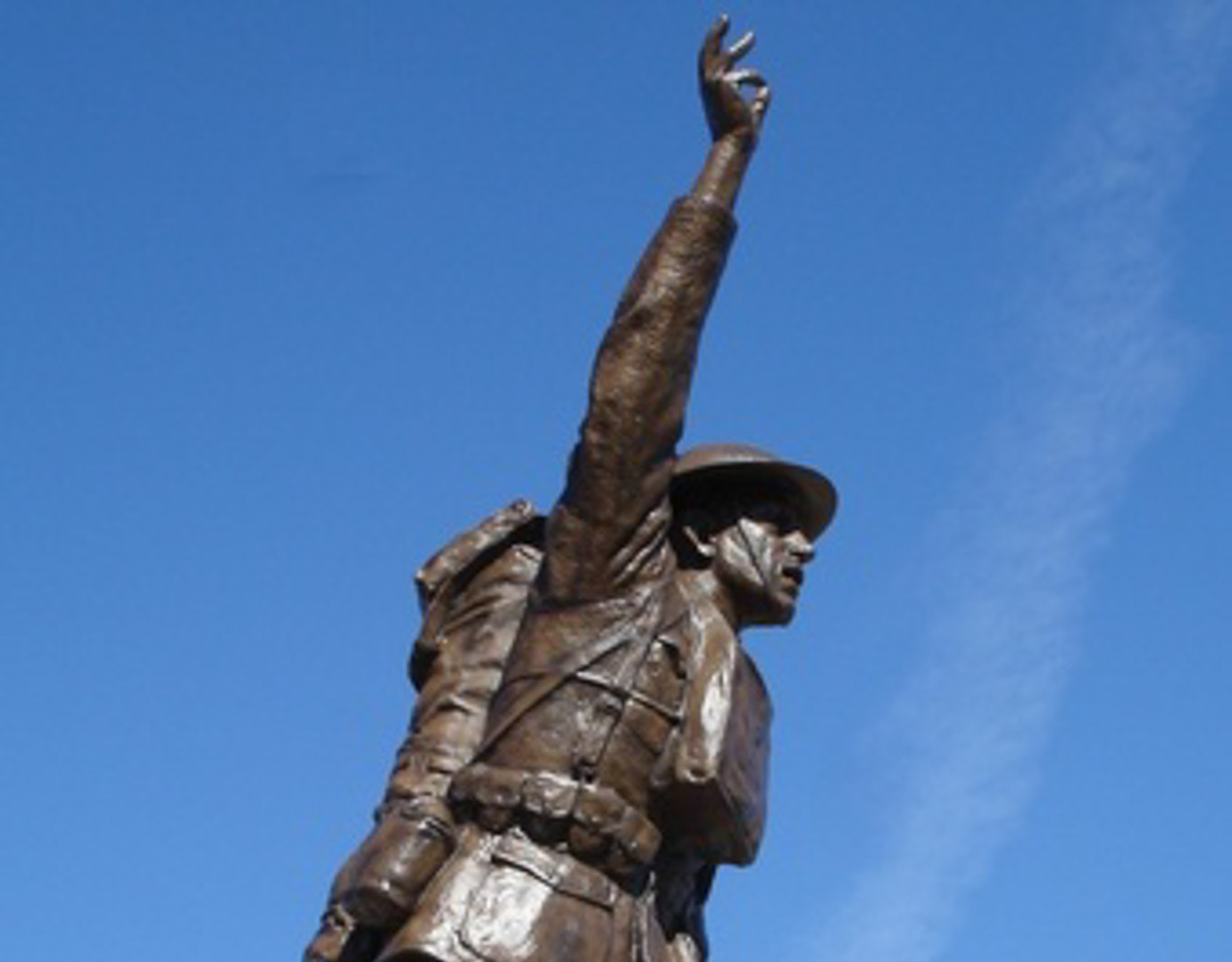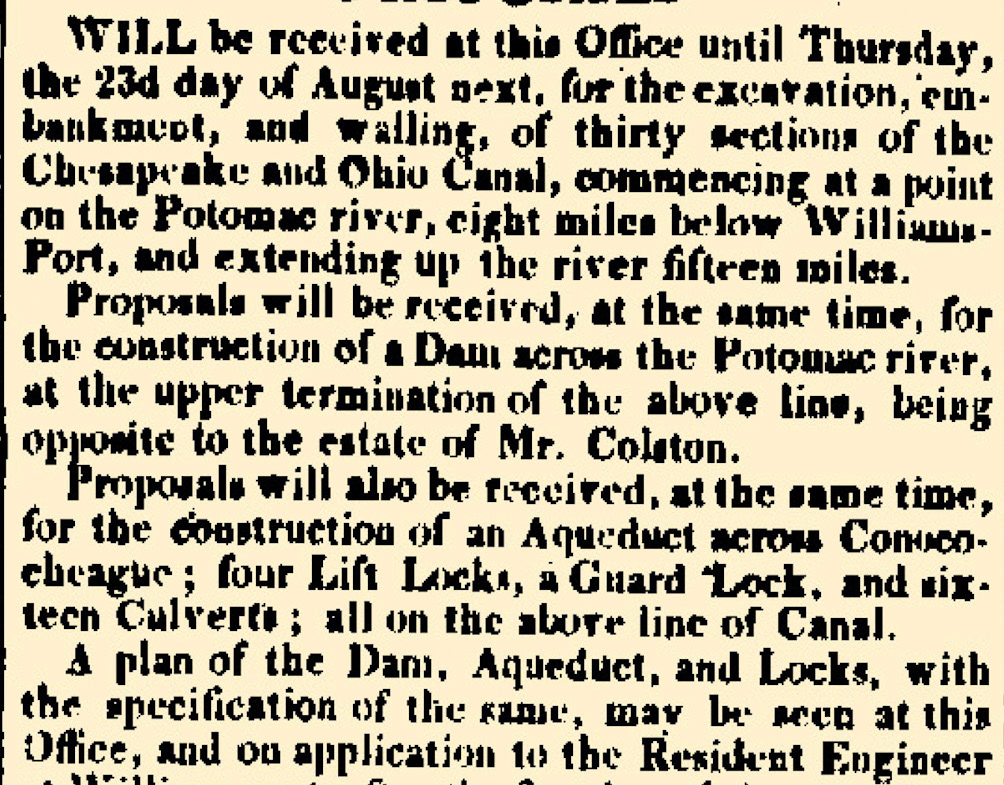Known by many names such as the “Record Flood of 1936”, “the Great Potomac Flood," or the “Saint Patrick’s Day Flood,” no matter what you call it, the flood of 1936 was one of the region’s worst natural disasters.
According to the book, Great Floods of Pennsylvania by William H. Shank, the winter of 1935-36 was one of the most severe that Pennsylvania had seen for years. Huge quantities of snow fell in January and February throughout the state, and prevailing low temperatures preserved it well. In late February, the cold spell ended to be followed with remarkably warm weather and light rains. This resulted in the rapid melting of two months accumulation of dormant moisture throughout the state, all of which was turned loose on the streams and rivers within a period of about 10 days.
(Click on any image to enlarge)
An identical winter weather pattern was also occurring in the mountains of West Virginia, followed by heavy early March rains that saturated the mid-Atlantic. These unusual weather patterns culminated on Saint Patrick’s Day, Tuesday, March 17, 1936, when a low pressure system in the Carolina sent a strong blast of both warm and cold air north through to the mid-Atlantic.
Massive amounts of rain raged along and west of the Blue Ridge Mountains, some towns receiving from 5 to 8 inches in one night.
By Thursday flood waters crested at a record of over 49 feet above normal exceeding the historic 1889 Johnstown Flood by 4 feet.
Amazingly, the Potomac River bridge a Williamsport survived the flood unscathed – the only bridge between Cumberland and Washington DC to be so lucky. In fact, thousands paid a 10-cent toll to walk the bridge to witness the powerful floodwaters.
The town was not as fortunate. Homes and businesses were swept downriver.
Thousands were left in the dark when the Potomac-Edison power plant shut down after more than 3 million gallons of water inundated the condenser pit. In turn, the lack of electricity and high waters affected the clean water drinking supply.
The clean up after the flood
The service station at Kemp's Mill ended services after the flood of 1936

